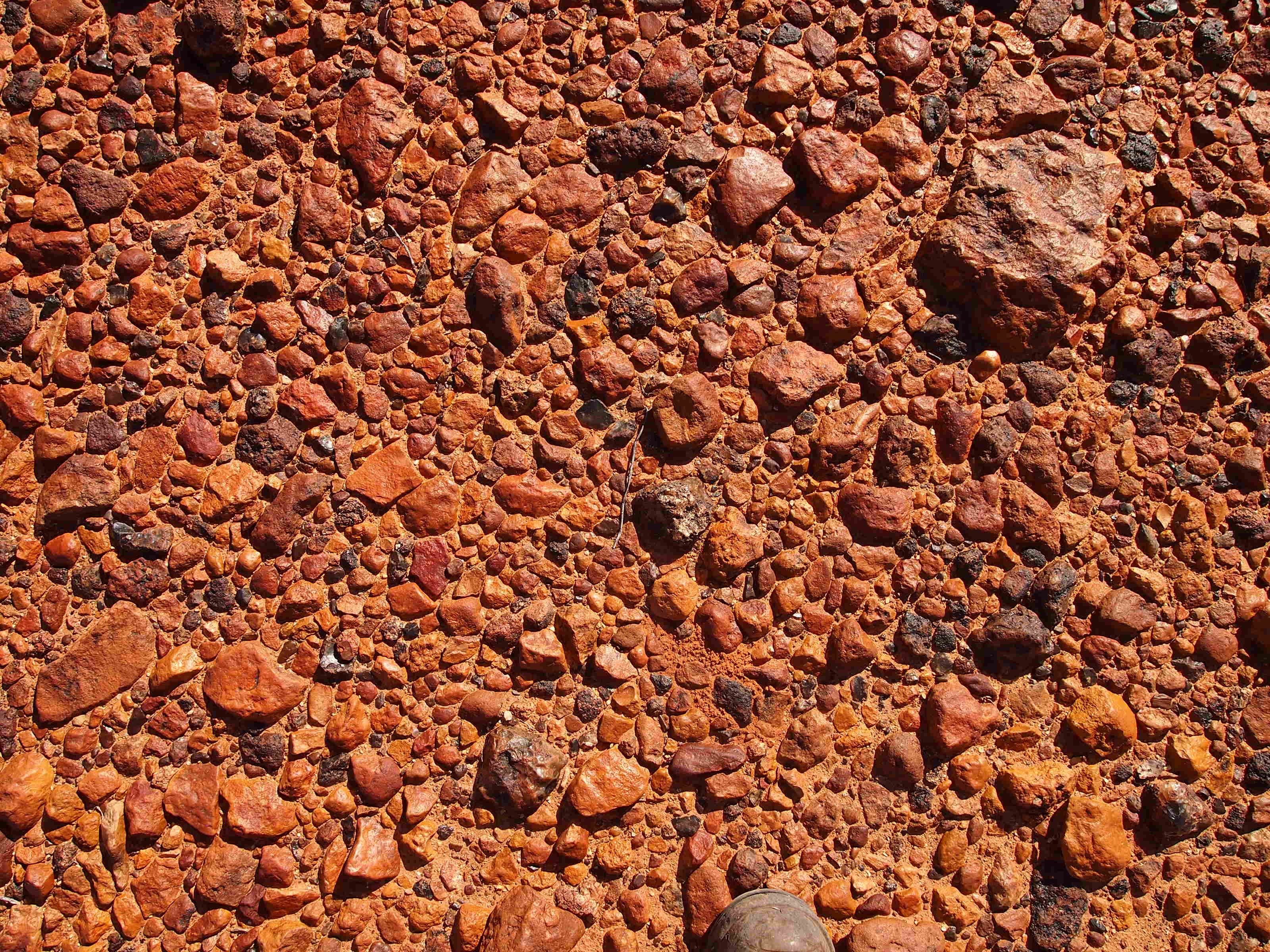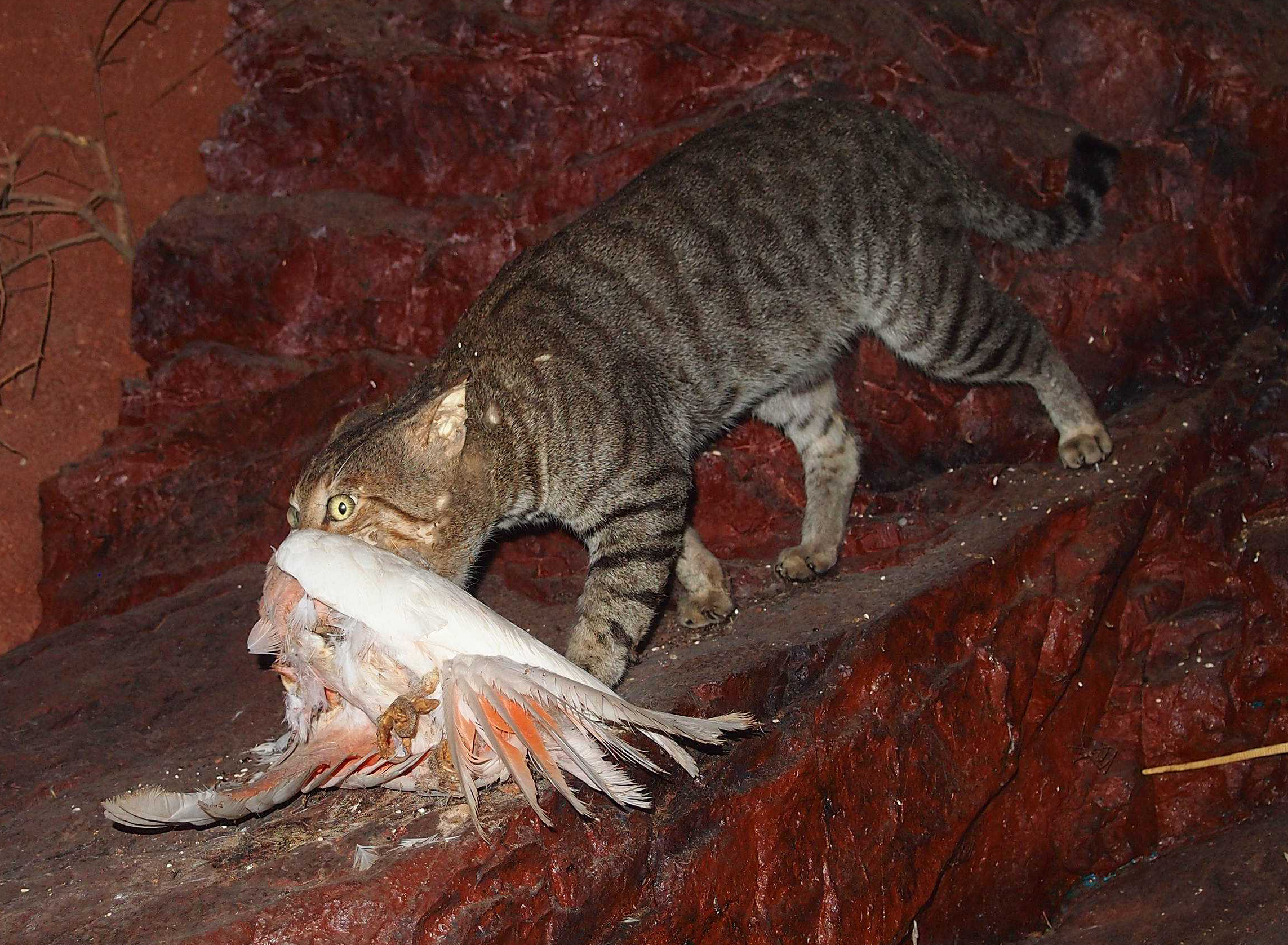|
Notomys Magnus
A hopping mouse is any of about ten different Australian native mice in the genus ''Notomys''. They are rodents, not marsupials, and their ancestors are thought to have arrived from Asia about 5 million years ago. All are brown or fawn, fading to pale grey or white underneath, have very long tails and, as the common name implies, well-developed hind legs. Half of the hopping mouse species have become extinct since European colonisation. The primary cause is probably predation from introduced foxes or cats, coupled with competition for food from introduced rabbits and hoofed mammals. A hopping mouse's primary diet is seeds. An Australian hopping mouse can concentrate urine to as high as 10,000 m Osm/L (10-20 times higher than a human). This allows it to survive in the desert without drinking water. Species * The spinifex hopping mouse (''Notomys alexis'') occurs throughout the central and western Australian arid zones, occupying both spinifex-covered sand flats and stabilised sa ... [...More Info...] [...Related Items...] OR: [Wikipedia] [Google] [Baidu] |
Late Pliocene
Late or LATE may refer to: Everyday usage * Tardy, or late, not being on time * Late (or the late) may refer to a person who is dead Music * Late (The 77s album), ''Late'' (The 77s album), 2000 * Late (Alvin Batiste album), 1993 * Late!, a pseudonym used by Dave Grohl on his ''Pocketwatch (album), Pocketwatch'' album * Late (rapper), an underground rapper from Wolverhampton * "Late", a song by Kanye West from ''Late Registration'' Other uses * Late (Tonga), an uninhabited volcanic island southwest of Vavau in the kingdom of Tonga * Late (The Handmaid's Tale), "Late" (''The Handmaid's Tale''), a television episode * LaTe, Laivateollisuus, Oy Laivateollisuus Ab, a defunct shipbuilding company * Limbic-predominant age-related TDP-43 encephalopathy, a proposed form of dementia * Local-authority trading enterprise, a New Zealand business law * Local average treatment effect, a concept in econometrics * Late, a synonym for ''cooler'' in Stellar classification#"Early" and "late" nomencla ... [...More Info...] [...Related Items...] OR: [Wikipedia] [Google] [Baidu] |
Rodent
Rodents (from Latin , 'to gnaw') are mammals of the Order (biology), order Rodentia ( ), which are characterized by a single pair of continuously growing incisors in each of the upper and Mandible, lower jaws. About 40% of all mammal species are rodents. They are native to all major land masses except for Antarctica, and several oceanic islands, though they have subsequently been introduced to most of these land masses by human activity. Rodents are extremely diverse in their ecology and lifestyles and can be found in almost every terrestrial habitat, including human-made environments. Species can be arboreal, fossorial (burrowing), saltatorial/ricochetal (leaping on their hind legs), or semiaquatic. However, all rodents share several morphological features, including having only a single upper and lower pair of ever-growing incisors. Well-known rodents include Mouse, mice, rats, squirrels, prairie dogs, porcupines, beavers, Cavia, guinea pigs, and hamsters. Once included wi ... [...More Info...] [...Related Items...] OR: [Wikipedia] [Google] [Baidu] |
Dusky Hopping Mouse
The dusky hopping mouse (''Notomys fuscus''), is a small rodent Endemism, endemic to Australia, inhabiting desert regions characterised by Dune, sand dunes. Populations have experienced significant declines since the arrival of Europeans, and continue to be subject to threatening processes. It is currently listed as a threatened species. Taxonomy The dusky hopping mouse, or Wilkinti, is a mammal in the order Rodent, Rodentia, and suborder Sciurognathi. The species is in the family Muridae and the subfamily Murinae (includes all Australian native rats and mice). The dusky hopping mouse belongs to the genus ''Hopping mouse, Notomys'', a group of desert-dwelling rodents. The species was originally described as ''Ascopharynx fuscus'' (Wood Jones 1925) from a specimen collected in South Australia. Subsequent collections were described as ''Notomys fuscus eyreius'' in 1960. Hopping mice collected in Queensland between 1957 and 1959 were described as a new species, ''Notomys filmeri,' ... [...More Info...] [...Related Items...] OR: [Wikipedia] [Google] [Baidu] |
Lake Eyre Basin
The Lake Eyre basin ( ) is a drainage basin that covers just under one-sixth of all Australia. It is the largest endorheic basin in Australia and amongst the largest in the world, covering about , including much of inland Queensland, large portions of South Australia and the Northern Territory, and a part of western New South Wales. The basin is also one of the largest, least-developed arid-zone basins with a high degree of variability anywhere. It supports only about 60,000 people and has no major irrigation, diversions, or flood-plain developments. Low-density grazing that sustains a large amount of wildlife is the major land use, occupying 82% of the total land within the basin. The Lake Eyre basin of precipitation (rain water) to a great extent geographically overlaps the Great Artesian Basin underneath. The basin began as a sinking landmass mostly covered by forest and contained many more lakes than now. The climate has changed from wet to arid over the last 60 million ye ... [...More Info...] [...Related Items...] OR: [Wikipedia] [Google] [Baidu] |
Gibber Plain
A desert pavement, also called reg (in western Sahara), serir (in eastern Sahara), gibber (in Australia), or saï (in central Asia) is a desert surface covered with closely packed, interlocking angular or rounded Rock (geology), rock fragments of pebble and cobble (geology), cobble size. They typically top alluvial fans. Desert varnish collects on the exposed surface rocks over time. Geologists debate the mechanics of pavement formation and their age. Formation Several theories have been proposed for the formation of desert pavements. A common theory suggests that they form through the gradual removal of sand, dust and other fine-grained material by the wind and intermittent rain, leaving the larger fragments behind. The larger fragments are shaken into place through the forces of rain, running water, wind, gravity, creep, thermal expansion and contraction, wetting and drying, frost heaving, animal traffic, and the Earth's constant microseismic vibrations. The removal of small ... [...More Info...] [...Related Items...] OR: [Wikipedia] [Google] [Baidu] |
Fawn Hopping Mouse
The fawn hopping mouse (Notomys cervinus) is a medium sized rodent endemic to the Channel Country Bioregion of northeast South Australia and southwest Queensland in Australia. They inhabit open Desert pavement, gibber (stony) and clay plains of the Lake Eyre basin. While the population and distribution has been greatly reduced since European settlement, the current population shows little evidence of significant decline and is consequently listed as 'Near-threatened species, Near Threatened'. Taxonomy The first description of this species was published by John Gould from a holotype of unknown collection location from Victoria (state), Victoria. It was presented to the Zoological Society of London and published in 1853. The description was aided by several paratype specimens also from an unspecified location and donation. It was determined to be segregated by habitat from the dusky hopping mouse (Notomys fuscus) and identifiable by lacking throat pouches. Also by the males havin ... [...More Info...] [...Related Items...] OR: [Wikipedia] [Google] [Baidu] |
Northern Hopping Mouse
The northern hopping mouse (''Notomys aquilo'') is a species of rodent in the family Muridae. It is also known as woorrentinta, from Lardil, the language of Mornington Island. It is found only in coastal northern Australia, from Arnhem Land to the Cobourg Peninsula in the Northern Territory of Australia. The only known population is in the Anindilyakwa Indigenous Protected Area on Groote Eylandt. There have two former sightings in inland central Arnhem Land and in Cape York in Queensland 120 years ago, both single recordings. Its population has not been yet been determined. It is classified as vulnerable. The mouse weighs 25 to 50 grams and is brown above and white below. Its long tail measures 150% of its body length and it has long hind feet up to 4 centimeters long. This species lives in sandy soils on heathlands and grasslands. It is nocturnal. It consumes seeds and sometimes other plant material and invertebrates.The mouse hops, leaving bipedal tracks. The females are ... [...More Info...] [...Related Items...] OR: [Wikipedia] [Google] [Baidu] |
Short-tailed Hopping Mouse
The short-tailed hopping mouse (''Notomys amplus'') is an extinct species of mouse from open stony (gibber) plains with desert grasses, low shrubs and sand ridges in the area around Charlotte Waters, near Alice Springs in Central Australia. It weighed 80 grams. The last record is from June 1896. Only two complete specimens were collected, probably from Aboriginal Australians. It was among the largest of all Australian hopping mice recorded in Australia; it was twice as heavy as any living species of hopping mice, although fossils suggest the extinct great hopping mouse may have been a similar size. The short-tailed hopping mouse was predominantly brown in colour, its tail probably being as long as its body. This species' decline was due to a number of factors, some of which were being hunted by predators such as foxes, cat The cat (''Felis catus''), also referred to as the domestic cat or house cat, is a small domesticated carnivorous mammal. It is the only domesticated ... [...More Info...] [...Related Items...] OR: [Wikipedia] [Google] [Baidu] |
Spinifex Hopping Mouse
The spinifex hopping mouse (''Notomys alexis''), also known as the tarkawara or tarrkawarra, occurs throughout the central and western Australian arid zones, occupying both spinifex-covered sand flats and stabilised sand dunes, and loamy mulga and melaleuca flats. The population fluctuates greatly: in normal years it is sparsely distributed and probably confined to sandy country; after rain the population explodes and spreads to other types of habitat for a time. They are mostly seen at night, bounding across open ground on their large hind feet, with tails extended and the body almost horizontal. As semi-fossorial, burrowing surface foragers, the tiny hopping mice spend a great deal of energy not just foraging for food, but also transporting it back to their burrows. In fact, it was found that the total energy spent on transporting food in relation to energy investment on burrows far outweighed any other similar type of species (White, 2006). Appearance The appearance is ver ... [...More Info...] [...Related Items...] OR: [Wikipedia] [Google] [Baidu] |
Osm/L
Osmotic concentration, formerly known as osmolarity, is the measure of solute concentration, defined as the number of osmoles (Osm) of solute per litre (L) of solution (osmol/L or Osm/L). The osmolarity of a solution is usually expressed as Osm/L (pronounced "osmolar"), in the same way that the molarity of a solution is expressed as "M" (pronounced "molar"). Whereas molarity measures the number of moles of solute per unit volume of solution, osmolarity measures the number of particles on dissociation of osmotically active material (''osmoles of solute particles)'' per unit volume of solution. This value allows the measurement of the osmotic pressure of a solution and the determination of how the solvent will diffuse across a semipermeable membrane (osmosis) separating two solutions of different osmotic concentration. Unit The unit of osmotic concentration is the ''osmole''. This is a non- SI unit of measurement that defines the number of moles of solute that contribute t ... [...More Info...] [...Related Items...] OR: [Wikipedia] [Google] [Baidu] |
Rabbit
Rabbits are small mammals in the family Leporidae (which also includes the hares), which is in the order Lagomorpha (which also includes pikas). They are familiar throughout the world as a small herbivore, a prey animal, a domesticated form of livestock, and a pet, having a widespread effect on ecologies and cultures. The most widespread rabbit genera are '' Oryctolagus'' and '' Sylvilagus''. The former, ''Oryctolagus'', includes the European rabbit, ''Oryctolagus cuniculus'', which is the ancestor of the hundreds of breeds of domestic rabbit and has been introduced on every continent except Antarctica. The latter, ''Sylvilagus'', includes over 13 wild rabbit species, among them the cottontails and tapetis. Wild rabbits not included in ''Oryctolagus'' and ''Sylvilagus'' include several species of limited distribution, including the pygmy rabbit, volcano rabbit, and Sumatran striped rabbit. Rabbits are a paraphyletic grouping, and do not constitute a clade, as ha ... [...More Info...] [...Related Items...] OR: [Wikipedia] [Google] [Baidu] |
Feral Cats In Australia
Cats (''Felis catus''), initially introduced into Australia with the First Fleet in 1788, now number more than 11 million distributed across more than 90% of the continent including every major island. They are the second most popular pet by household (third most populous overall after dogs and fish). In 2023 there were 5.3 million kept as pets of which approximately 95% are neutered. In addition there are estimated to be up to 6 million feral cats found in almost every remote area across the country. Cats are considered by the CSIRO to be the most damaging invasive pest by costPest plants and animals cost Australia aroun ... [...More Info...] [...Related Items...] OR: [Wikipedia] [Google] [Baidu] |







